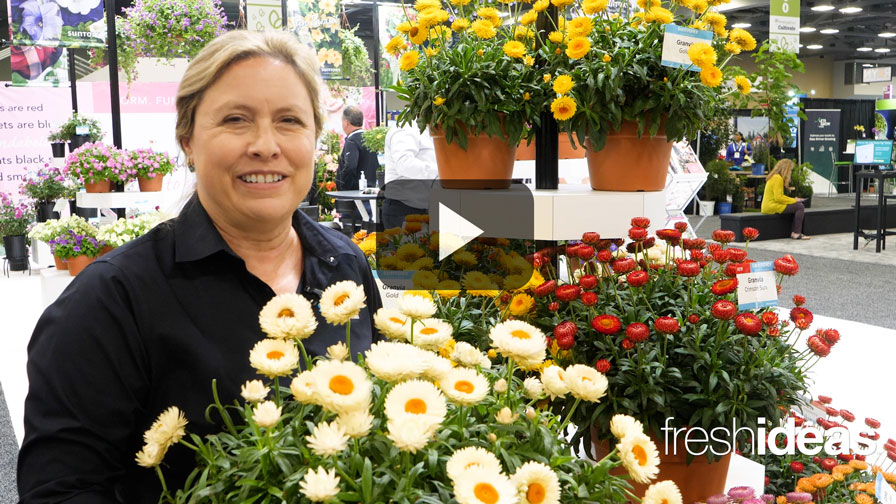Rating Cold Tolerance
Winters in the upper Midwest are long and cold. As a consequence, “cabin fever” is not uncommon. It only takes a sunny day of moderate temperatures in early March for many people to go to garden centers to buy plants for their gardens.
Good growers and garden center managers dissuade customers from planting because the chances of frost damage are still very high. We thought it would be useful for retailers to have plants that have a good chance to survive the cold weather until “real” (not “calendar”) spring comes. With such information available, retailers could still have a sale and keep customers happy by selling plants that will not die due to low temperatures. On a similar vein, why not extend the beauty of gardens by having plants that can take the first frosts in the fall?
Starting in spring 2009, The Ohio State University annual trials reinstated a cold tolerance evaluation for bedding and balcony plants. Consumer and professional interests have driven this re-initiation, and there’s market potential for new and existing plant material that tolerates and prefers cooler growing conditions. The trial has also been split into two separate trials, one in spring to show early initiation and heat tolerance and one in fall to show longevity and survival in cold conditions.
In the past, the program focused on pansy and viola cultivars, which still make up a large segment of the entries, but the scope of the evaluation was widened to include all cold-tolerant plant material. Two companies, Ball Horticultural Co. and Sakata Seed, have opted to participate in this trial, sending seeds to be grown and produced according to industry standards.
Seeds were sown December 30 (week 1) in 288-cell count plug trays. Plugs were treated once with B-Nine at 1,250 ppm 24 days following sowing. Plugs were grown according to company recommended guidelines. Plugs were transplanted February 3 (week 6) into 4.5-inch pots and grown according to company recommended guidelines until March 23 (week 13), at which plants were moved outside for hardening. Finished pots were planted in the ground on April 2, and they were mulched and fertilized with 200 ppm nitrogen.
Temperatures were, on average, above normal for Central Ohio, but temperatures did drop below freezing on occasion. Photos were taken March 27 during the outdoor phase of finished growing and April 24, once plants were established and had been growing for three weeks.
Consumer evaluations were done on April 28 and May 12 and will be done every two weeks until removal July 1. The results of these first two evaluations can be viewed in a table at GreenhouseGrower.com and at floriculture.osu.edu, along with the subsequent evaluations. Ratings are based on a relative scale of 1-5 (1 being lowest, 5 being the highest) to indicate the preference of the Master Gardener volunteers performing the evaluation.
The most preferred plants following the first two evaluations were pansy ‘Panola XP Beaconsfield’ (4.72), pansy ‘Panola XP True Blue’ (4.58), viola ‘Venus Lavender Pink’ (4.36), pansy ‘Panola XP Marina’ (4.28) and pansy ‘Panola XP Yellow Blotch’ (4.26).
These preliminary conclusions were drawn from the first two evaluations:
1. The Panola series was the earliest blooming series evaluated.
2. The flowers of the XXL and Matrix series were the largest, but there were fewer blooms that developed later than those of the Panola, Ultima Radiance, Venus and Rebelina series. Consumer preference for the XXL and Matrix series increased over time, but the Panola series was still the most popular, followed by Venus and Rebelina series, respectively.
3. Pansies and violas are still the preferred cold-weather annual, but data shows there is still preference for variety. More data is needed to make assumptions about the overall popularity of cold-weather annuals.
4. Plants that were not in flower received a much lower rating than plants in flower (i.e. dianthus).








